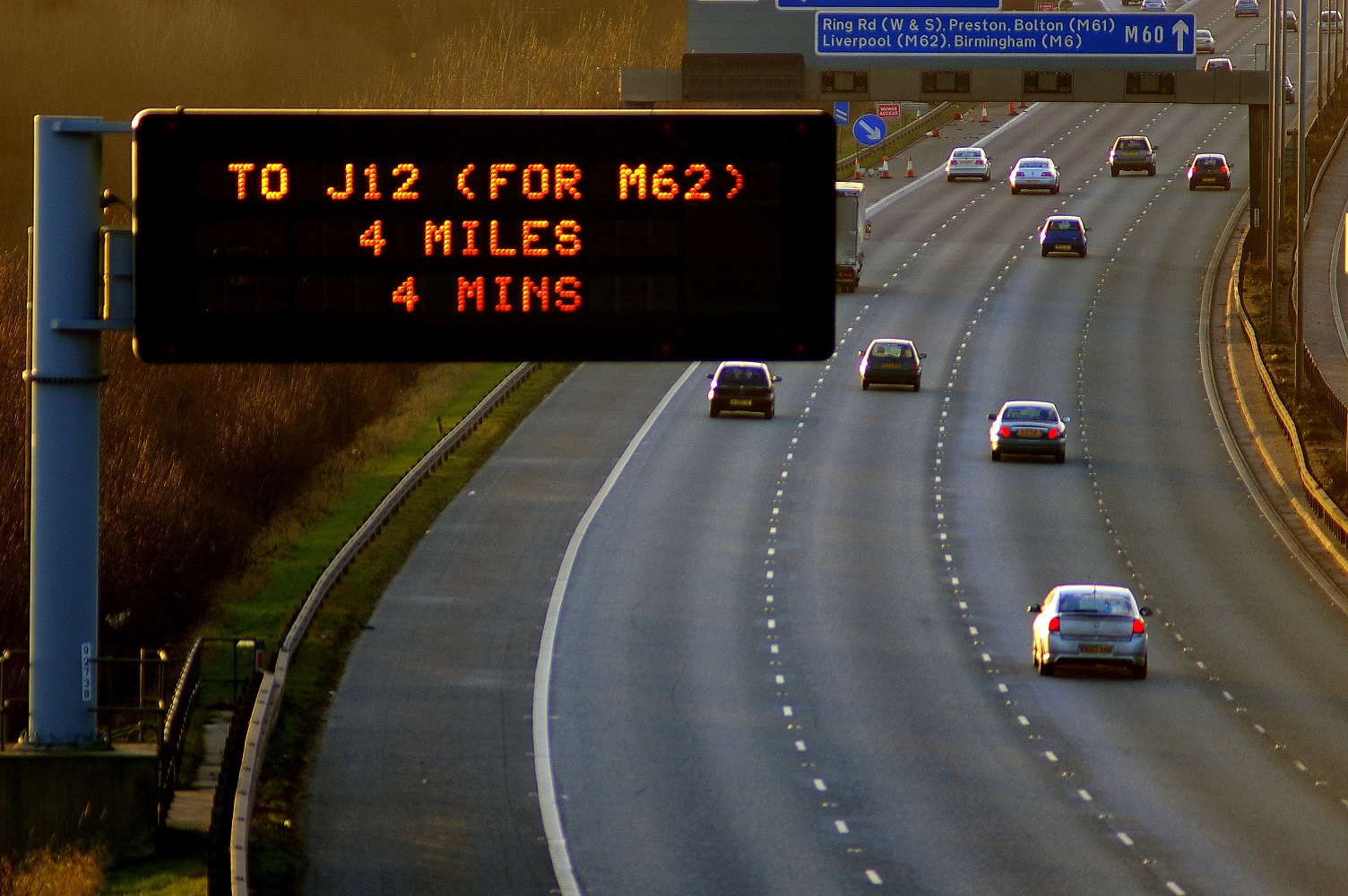Figures also show that controlled motorways are safer than both conventional and smart motorways.

According to data submitted by the Department for Transport (DfT) to the Commons transport select committee, fatality rates on all lane running (ALR) smart motorways were higher than those on normal motorways in 2018 and 2019.
Figures also show that controlled motorways – which use technology to compliment the hard shoulder – are safer than both conventional and smart motorways. Data showed that while fatality rates were lower on smart motorways in 2015, 2016 and 2017, they had risen above normal motorways in 2018 and 2019.
The UK government and Highways England have insisted that smart motorways are safe compared to those that operate with a hard shoulder, but these new figures cast doubt on those claims.
A spokesperson for the DfT said that although figures suggest a concerning trend, longer-term averages were needed to establish a pattern.
A spokesman said: “The data shows fatalities are less likely on smart motorways than on conventional ones.
“This conclusion has been made by looking at the average trends over a number of years, which is essential to mitigating volatility in the casualty data.”

